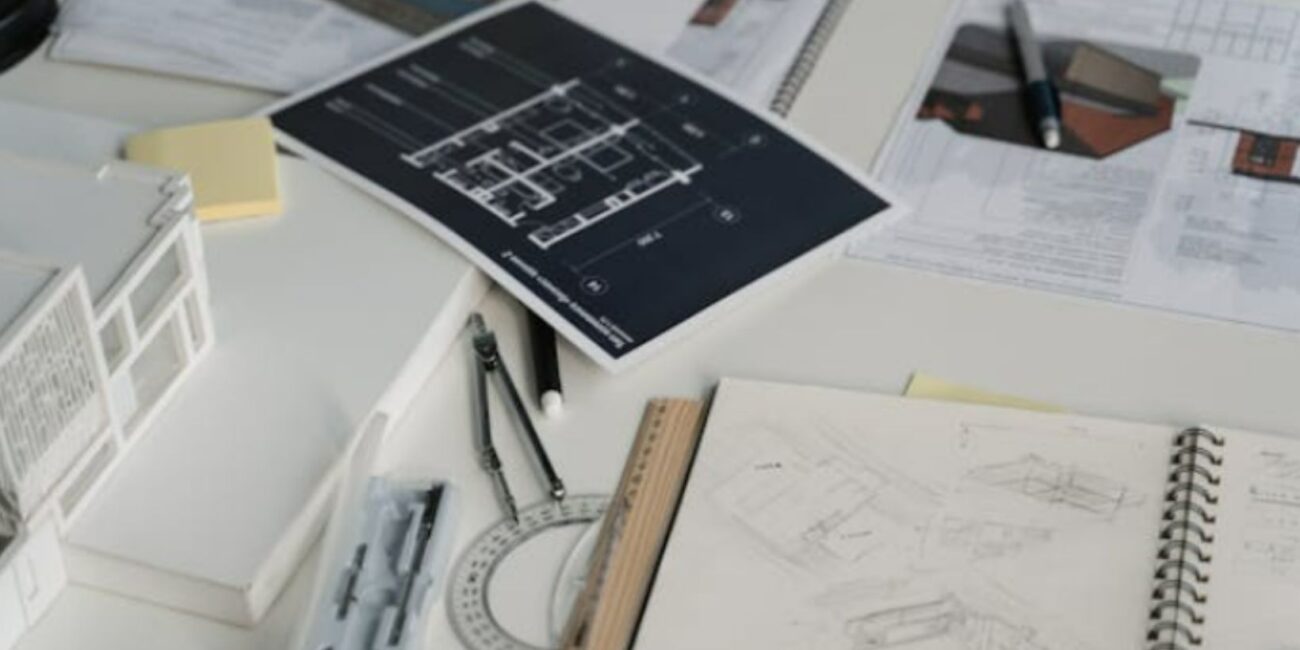In the bustling world of branding, a logo is much more than just a pretty design—it’s the face of your brand and often the first impression you make on potential customers. Whether you’re an entrepreneur hustling to launch your startup or a hobbyist looking to formalize your passion project, a well-crafted logo can significantly boost your brand’s identity and recognition. Opting for a DIY approach to logo design saves costs and gives you full creative control, allowing you to infuse your brand’s spirit and vision directly into the design.
In this section, we’ll dive into why logos are crucial and how you can design your own, setting the stage for a unique brand identity crafted by you.
Understanding the Basics of Logo Design
When it comes to logo design, understanding the different platforms can help you choose the best fit for your brand’s message. There are mainly three logos types: emblems, mascots, and text-based designs. Emblems, like those seen in car brands or universities, encase the company name within a symbol, creating a traditional and professional look. Mascot logos involve a character that acts as the brand ambassador, perfect for brands aiming to appear approachable and friendly.
Lastly, text-based logos focus on typography to convey the brand’s essence, offering a modern and minimalist appeal. The right logo doesn’t just decorate your brand; it communicates your core values and attracts your target audience by resonating with their expectations and needs. Let’s explore how you can harness these elements to craft a logo that truly represents what your brand stands for.
Planning Your Design
Creating a logo perfectly encapsulates your brand’s mission and values is no small feat. It starts with a deep dive into what your brand stands for and how it aims to be perceived. This alignment is crucial as it ensures that your logo isn’t just aesthetically pleasing but also meaningful and reflective of your brand’s ethos. Moreover, understanding your audience and watching your competitors are key steps in the design process.
By researching and analyzing your target audience, you can tailor your logo to appeal to their preferences and emotions. Similarly, a thorough competitor analysis helps identify industry trends. It ensures that your logo fits in with your sector and stands out, making your brand easily recognizable in a crowded market.
Design Principles for Effective Logos
A great logo looks simple but carries a powerful brand message. Three fundamental principles to keep in mind are simplicity, color psychology, and the use of negative space. A simple design ensures your logo is memorable and recognizable even from a distance.

Color psychology can evoke different emotions and associations—blue might convey professionalism and trust, while yellow might invoke energy and optimism. When used cleverly, negative space adds surprise and depth to your design, making it more engaging. Take, for instance, the FedEx logo, where the negative space forms an arrow, symbolizing speed and precision. Effective logos like Apple’s Apple or Nike’s Swoosh use these principles to create impactful, enduring brand symbols.
DIY Design Tools and Resources
In the digital age, creating a professional logo on your own is more feasible than ever, thanks to many online DIY design tools. Platforms like Canva and Adobe Express offer user-friendly interfaces and a vast array of templates that can be customized to suit your brand’s needs. If you’re ready to take the plunge and design your own logo, Adobe Express provides extensive customization options to help you create something truly unique. Check it out and design your own logo using Adobe Express to fully express your brand’s vision.
Additionally, leveraging these tools effectively involves understanding their features—from font selections to icon libraries—allowing you to experiment and iterate on your logo until you find the perfect design that speaks for your brand.
Designing Your Logo: Step-by-Step Guide
Embarking on the journey of designing your logo can be thrilling. Start with sketching out concepts that align with your brand’s core message. Once you have a few ideas, choose a DIY design tool like Adobe Illustrator or Canva to digitize your concept. During the design process, focus on essential elements such as font choices, color schemes, and symbol relevance, ensuring they align with your brand’s identity.

Iteration is key; refine your design based on aesthetics and functionality, ensuring it scales well across various sizes and remains effective in different contexts.
Evaluating Your Logo Design
Once your logo is designed, it’s crucial to test its effectiveness. Use platforms like Renderforest to visualize how your logo looks on different materials such as business cards, websites, and merchandise. This testing phase ensures the logo maintains its integrity and impact across various formats. Additionally, leveraging social media and platforms like Designhill can provide valuable public feedback. Post your logo to see how your audience reacts to it, and be open to making adjustments based on this feedback to refine your design further.
Finalizing and Implementing Your Logo
Finalizing your logo ensures the design is versatile and adaptable across all branding materials. This might include creating different variations of your logo to fit various digital and physical mediums. Once finalized, integrate your new logo into all marketing materials, including your official website, business cards, social media profiles, and promotional products. Consistency is key, so ensure your logo is uniformly represented to strengthen brand recognition.
Conclusion
Throughout this guide, we’ve explored the crucial steps from understanding logo design basics to creating and implementing your unique logo. Remember, a great logo serves as the cornerstone of your brand identity. Don’t hesitate to experiment and iterate on your designs. The effort you put into crafting a well-thought-out logo enhances your brand’s visibility, credibility, and market appeal. Dive in, start designing, and watch your brand come to life!


